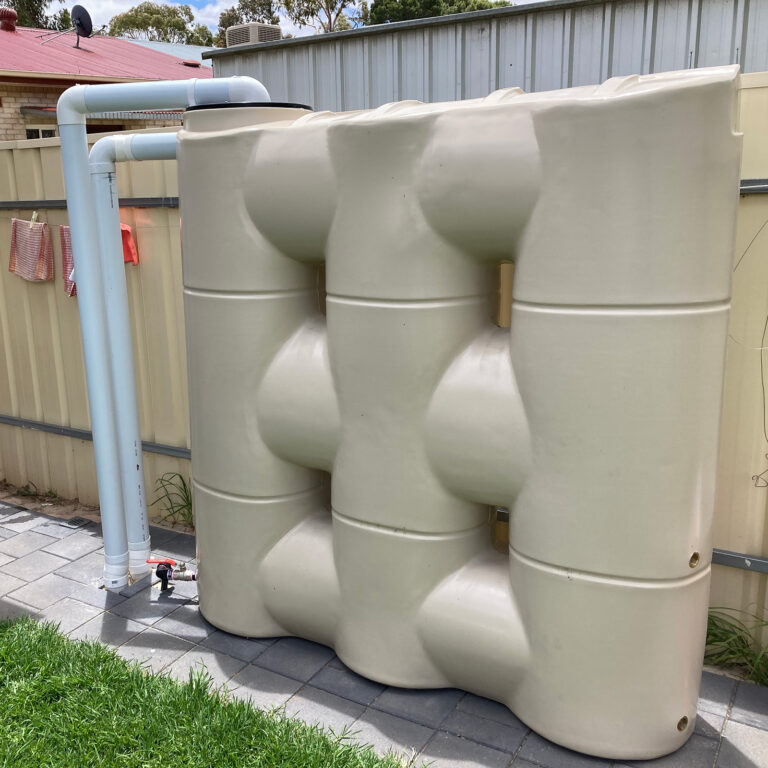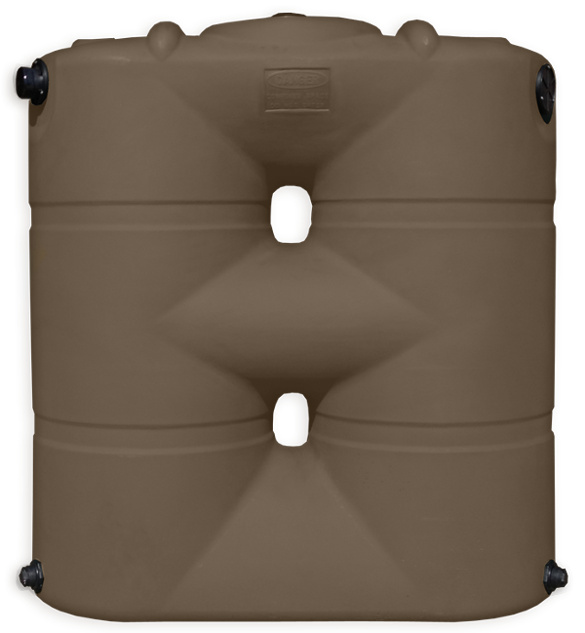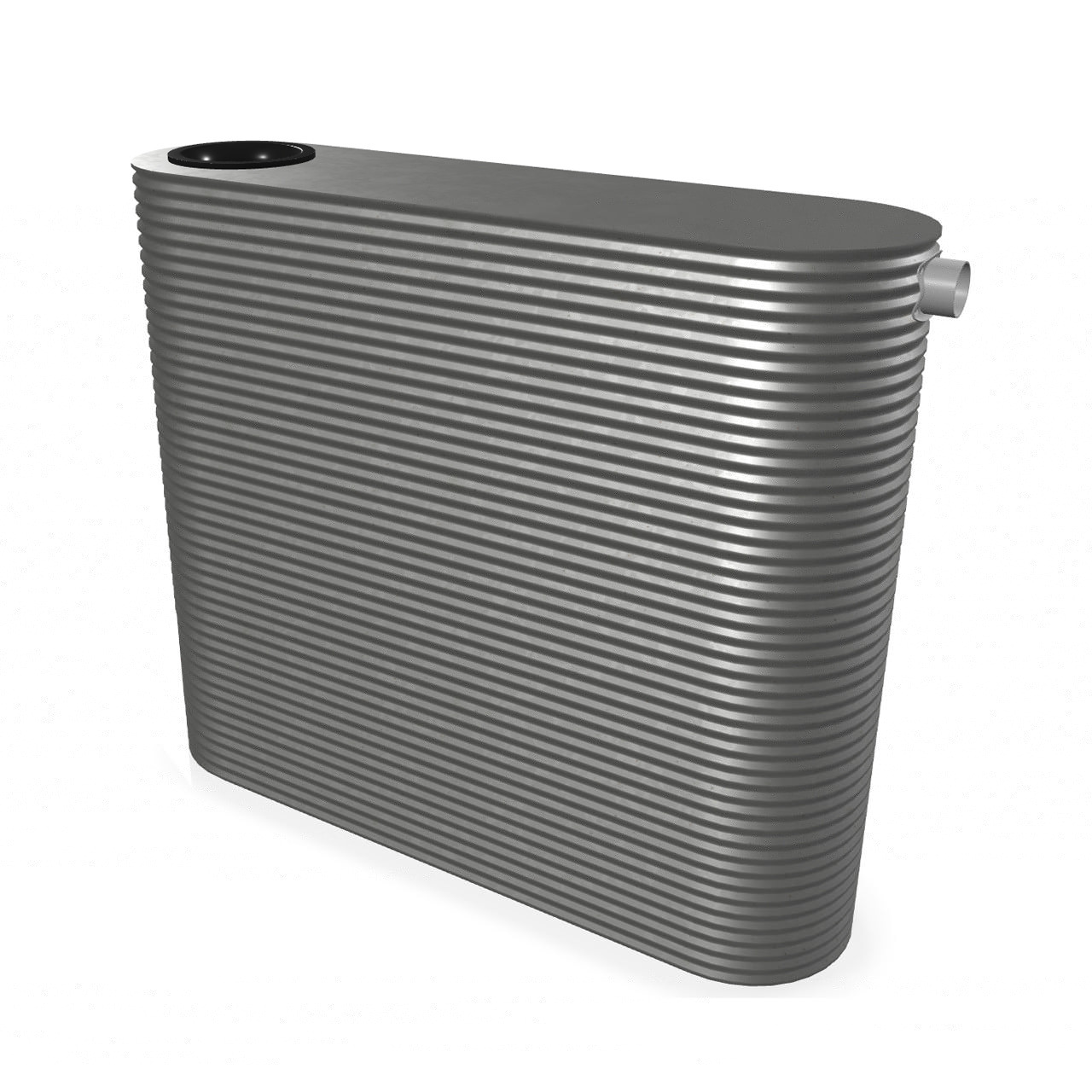Leading Factors to Buy Slimline Water Tanks for Your Home
Wiki Article
Recognizing the Significance of Rainwater Tanks in Drought-Prone Regions for Water Safety And Security
In regions at risk to extended dry spells, the duty of rain containers in boosting water protection is a subject of expanding relevance. As neighborhoods come to grips with the challenges of water scarcity, recognizing the importance of these tanks surpasses simple collection of rain. Rainwater storage tanks function as a crucial tool in alleviating the influence of water scarcities by supplying a lasting source of water for different demands. Nevertheless, truth worth of rain storage tanks prolongs far past mere storage space; it encompasses resilience-building steps and the promotion of lasting water preservation methods. This diverse approach to water security warrants a closer evaluation of the duty rainwater storage tanks play in making sure a trustworthy supply of water during times of dry spell.Benefits of Rain Storage Tanks
Making use of rainwater storage tanks provides a lasting solution for increasing water system and enhancing water protection in domestic and industrial setups. Among the primary benefits of rainwater tanks is their capacity to reduce dependency on mains water supply. By capturing and storing rain that falls on roofs, this different source can be utilized for different non-potable functions such as irrigation, flushing commodes, and cleaning clothes. This not only conserves treated drinking water but also lowers water costs for customers.
Rainwater Harvesting Techniques
Rain harvesting strategies include a series of methods created to successfully collect and save rainwater for numerous functions, contributing to water preservation and sustainability. One common strategy is the installation of roof catchment systems, where rain is collected from the roofing of a building and guided to a tank. This method is fairly simple and cost-efficient. One more preferred technique is using above-ground or underground tank to save rainwater for later use. These storage tanks are available in numerous dimensions and products to suit various demands and can be connected to the existing pipes system for very easy accessibility.
Additionally, rainfall yards and permeable sidewalks are ingenious methods that involve landscape design or paving surface areas in a manner that allows rain to percolate right into the ground, replenishing groundwater gets. Furthermore, contour farming and terracing are farming practices that help record rain and stop soil erosion in hilly surface. By carrying out these diverse rainwater harvesting techniques, areas can enhance water protection and durability in drought-prone regions while advertising sustainable water monitoring methods.
Significance of Water Protection
Making sure reputable accessibility to tidy and enough water resources is vital for maintaining human health, financial advancement, and environmental health. Water safety other and security is a crucial facet of social resilience, specifically in regions susceptible to dry spells and water shortage. Adequate water safety encompasses different measurements, including accessibility, quality, and access of water for domestic, farming, industrial, and ecological requirements.Water security plays a critical function in promoting public wellness by minimizing the frequency of waterborne illness and making certain sanitation facilities. Financially, water security is vital for farming productivity, commercial operations, and general financial development. Slimline water tanks. Water published here security is carefully connected to environmental sustainability, as it supports environments, biodiversity, and general eco-friendly balance.
In drought-prone regions, water safety and security ends up being much more critical due to the heightened risk of water lacks. Executing techniques like rain harvesting, water recycling, and reliable water management methods can significantly boost water safety and security in these locations. By focusing on water safety and security, areas can much better endure the influences of climate modification, population growth, and other challenges that intimidate water availability.
Enhancing Water Strength
With boosting global water obstacles, building strength in water supply has come to be a vital focus for lasting growth initiatives. Enhancing water durability includes executing techniques to guarantee water availability and quality when faced with changing ecological conditions, such as droughts, floods, and contamination.One secret aspect of enhancing water strength is advertising making use of rainwater tanks in drought-prone areas - Slimline water tanks. Rainwater containers work as an effective ways of recording and storing rain for later usage, decreasing reliance on limited freshwater sources during completely dry periods. By including rainwater harvesting systems right into water management strategies, areas can improve their capability to hold up against water deficiency and maintain water protection

Lasting Water Conservation
Amidst escalating water difficulties, the sensible administration of water sources through lasting conservation practices is necessary for guaranteeing long-term ecological security and social well-being. Sustainable water conservation entails the efficient use water resources to meet current demands without compromising the capability of future generations to meet their own needs. By applying strategies such as rain harvesting, greywater recycling, and water-efficient modern technologies, areas can lower water waste and ease pressure on freshwater sources.In addition, lasting water conservation practices add to ecosystem wellness by maintaining appropriate water degrees in rivers, lakes, and wetlands, supporting biodiversity, and maintaining natural environments. These techniques likewise play an essential function in reducing the influences of environment change by aiding to adapt to altering precipitation patterns and water schedule.

Verdict
Finally, rainwater storage tanks play a critical function in enhancing water safety and security and durability in drought-prone areas. By using rain harvesting techniques, communities can decrease their dependence on standard water resources and advertise lasting water preservation practices. This not only helps reduce the effects of water shortage throughout droughts but likewise adds to long-term water safety and strength despite environment change challenges.Report this wiki page